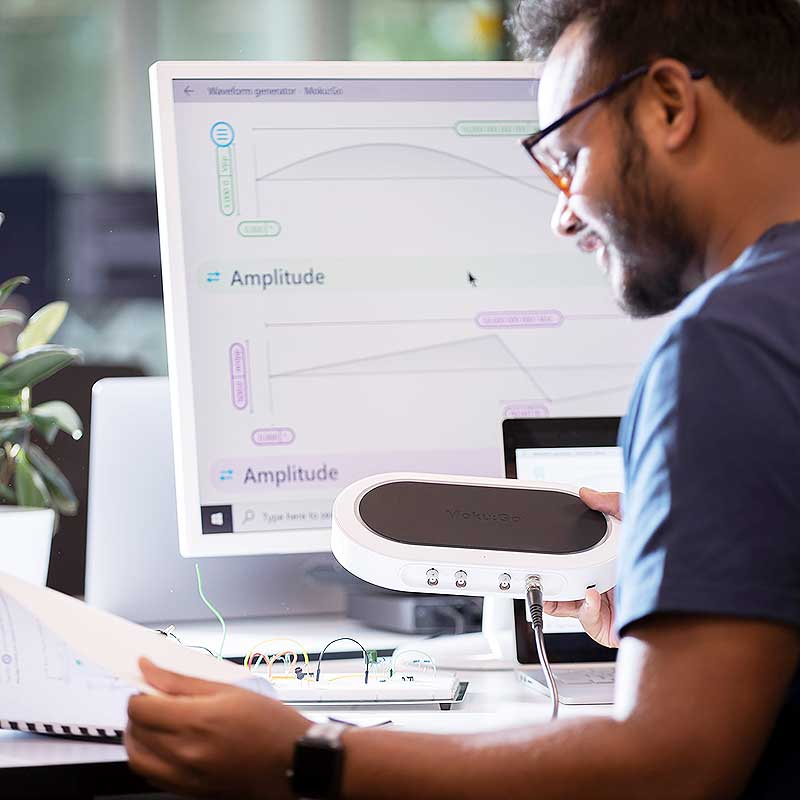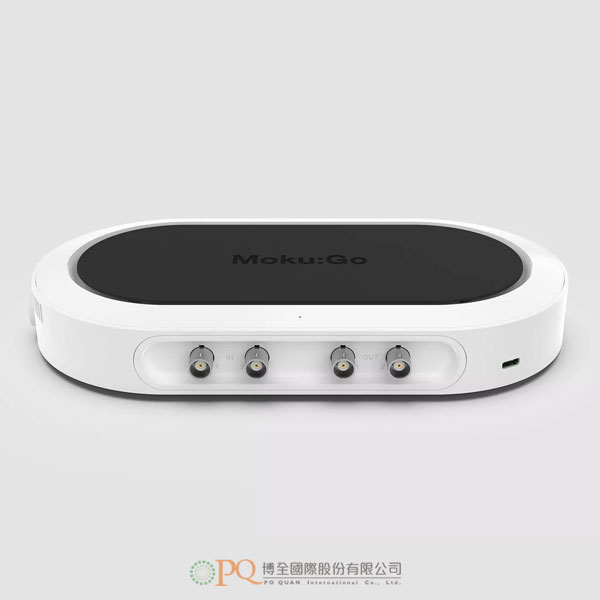
-
 micrux
micrux
-
 AARONIA AG
AARONIA AG
-
 ADASH
ADASH
-
 Amptek
Amptek
-
 AOiP
AOiP
-
 AstroNova
AstroNova
-
 AWSensors
AWSensors
-
 Automatic Research
Automatic Research
-
 BASI
BASI
-
 BRS
BRS
-
 BWB Technologies
BWB Technologies
-
 Cmc
Cmc
-
 CTRL
CTRL
-
 CALMET
CALMET
-
 CHECKLINE
CHECKLINE
-
 Coxem
Coxem
-
 C-Tech
C-Tech
-
 DV Power
DV Power
-
 DANATRONICS
DANATRONICS
-
 ECH
ECH
-
 Elsys
Elsys
-
 Enervac
Enervac
-
 Enapter
Enapter
-
 ELVEFLOW
ELVEFLOW
-
 EA Technology
EA Technology
-
 EL-CELL
EL-CELL
-
 ENERGY SUPPORT
ENERGY SUPPORT
-
 Electrothermal
Electrothermal
-
 FASTEC
FASTEC
-
 GE
GE
-
 GMW
GMW
-
 Gaskatel
Gaskatel
-
 GIUSSANI
GIUSSANI
-
 Globecore
Globecore
-
 GREENLIGHT
GREENLIGHT
-
 GRZ
GRZ
-
 HTW
HTW
-
 HIGH SENSE SOLUTIONSHTW
HIGH SENSE SOLUTIONSHTW
-
 HUBER
HUBER
-
 Labnics
Labnics
-
 Ida
Ida
-
 Instytut Fotonowy
Instytut Fotonowy
-
 KEHUA TECH
KEHUA TECH
-
 JGG
JGG
-
 HVPD
HVPD
-
 Jenway
Jenway
-
 Jacomex
Jacomex
-
 IVIUM
IVIUM
-
 ndb
ndb
-
 OZM
OZM
-
 Redoxme
Redoxme
-
 Serstech
Serstech
-
 SATIR
SATIR
-
 VacCoat
VacCoat
-
 Zurich
Zurich
- micrux
- AARONIA AG
- ADASH
- Amptek
- AOiP
- AstroNova
- AWSensors
- Automatic Research
- BASI
- BRS
- BWB Technologies
- Cmc
- CTRL
- CALMET
- CHECKLINE
- Coxem
- C-Tech
- DV Power
- DANATRONICS
- ECH
- Elsys
- Enervac
- Enapter
- ELVEFLOW
- EA Technology
- EL-CELL
- ENERGY SUPPORT
- Electrothermal
- FASTEC
- GE
- GMW
- Gaskatel
- GIUSSANI
- Globecore
- GREENLIGHT
- GRZ
- HTW
- HIGH SENSE SOLUTIONSHTW
- HUBER
- Labnics
- Ida
- Instytut Fotonowy
- KEHUA TECH
- JGG
- HVPD
- Jenway
- Jacomex
- IVIUM
- ndb
- OZM
- Redoxme
- Serstech
- SATIR
- VacCoat
- Zurich
Moku:Go 新工科實驗教學解決方案
The complete undergraduate engineering solution for a four-year degree and beyond. 型號:Moku:Go-
Moku:Go 為新工科人才培養提供完善的工程實驗教學解決方案,滿足從強化基礎教學到自主創新人才培養的課程體系。Moku:Go 匯集8種儀器功能並提供選配可編程電源,取代笨重、繁瑣的傳統台式測量設備。Windows 和Mac 端的操作軟體提供易用且直觀的圖形用戶界面,還可以通過API 與課程整合。Moku:Go 硬體與軟體設計充分考慮了用戶需求,確保學生獲得完整、連貫的四年學習及課外實踐體驗,為下一代工程師和科學家提供強大且靈活的平台。
Moku:Go 所匯集8個專業儀器功能,能讓您的實驗更加容易。
- 示波器/電壓表
- 波形產生器
- 邏輯分析儀/碼形產生器
- 頻率響應分析儀
- PID控制器
- 資料紀錄器
- 任意波形產生器
- 頻譜分析儀
軟體自定義多功能測試測量儀器
Moku:Go 將FPGA 強大的數字信號處理能力結合創新直觀的軟體,創建高度整合的測試測量儀器。Moku:Go Windows 和Mac 端的應用軟體為用戶提供簡潔友好的交互式操作界面,確保學生可以在一個平台上輕鬆配置他們需要的所有儀器功能。避免讓繁瑣的實驗步驟阻礙教學進度和學習興趣,提升教學質量和教學效率。此外,我們還全面支持Python、MATLAB 和LabVIEW 應用程序介面(API),為學生將來進入相關工作領域培養行業標準人才。
移動式的實驗平台
Moku:Go 將8個儀器功能匯集在一個靈活可靠的便攜式平台上,打破受硬體設備空間不足的局限,有助於大學、技職院校引入創新實踐教學體系,開展現代化教學實驗。替代傳統測試處理儀器繁多、平台使用效率低下的教學實驗設備,在實驗室以外的地方也能進行有效學習。
完整、連貫的實驗教學
Moku:Go 滿足電氣工程專業、物理學、生物工程、化學工程和其他專業的學生完成四年的實驗教學及創新人才培養實踐課程需求。建設具有多學科交叉融合、虛實結合、兼顧理論與實踐的一流創新實驗室,強調對學生創新實踐和解決實際問題能力的培養。
-
類比輸入
- 通道數 2
- 頻寬 30 MHz
- 取樣率 125 MSa/s
- 解析度 12bit
- 輸入範圍最高 ± 25 V
- 輸入阻抗 1 MΩ
- 輸入耦合 AC / DC
類比輸出
- 通道數 2
- 頻寬 20 MHz
- 取樣綠 125 MSa/s
- 解析度 12bit
- 輸出範圍 Up to ± 5 V
數位 I/O
- 通道數 16
- 取樣率 62.5 MSa/s
- 邏輯位準 3.3 V (5 V tolerant)
可程式化電源供應器
雙通道
- ·M1 Model 適用
- · 輸出電壓:
- 通道1: -5 V 至+5V
- 通道2: 0 至+16 V
- · 輸出電流:
- 通道1: 0 至150 mA
- 通道2: 0 至150 mA
四通道
- ·M2 Model適用
- · 輸出電壓:
- 通道1: -5 V 至+5V
- 通道2: 0 至+16 V
- 通道3 與4: 0.6 V 至+5 V
- · 輸出電流:
- 通道1: 0 至150 mA
- 通道2: 0 至150 mA
- 通道3 與4: 0.06 至1 A
其他功能與配件
程式設計環境
- PythonAPI
- MATLABAPI
- LabVIEWAPI
- Windows獨立應用程式
- MacOS獨立應用程式
其他介面
- USB-C Port 1
- 磁吸式電源 1
- 乙太網口M2 Model適用
配件
- DIO電纜組件 1
- 示波器探針 2
- 電源線 M0 Model– N/A
M1 Model– 3
M2 Model– 6 - 磁吸式電源線 1
乙太網線:M2 Model-1
-
The complete solution
Moku:Go is a complete engineering lab solution for students to actively learn key concepts from circuits to senior design. Designed to be carried in a backpack, Moku:Go features 8 instruments and optional programmable power supplies. It eliminates the need for bulky benchtop instruments and empowers students to learn wherever they are. An intuitive user interface (UI) is included for Windows and Mac, and API support integrates with the rest of your curriculum. We’ve thought of everything to ensure students have a complete experience for four years and beyond.Unity between hardware and software
All Moku hardware is created based on software-defined instrumentation, and Moku:Go is no exception. It combines the signal-processing power of an FPGA with intuitive software to ensure students have access to all of the instruments they need on one platform.
The lab that fits in your backpack
Practical labs can take place uninterrupted whether students are in the classroom, in their dorm, or across the globe. With all eight instruments on one portable platform, any room can be a la
Engineering for everyone
Student ownership is student empowerment. Students will begin their first year learning to use Moku:Go’s Oscilloscope, and finish their final year implementing the PID Controller for their senior design project. With a price comparable to a textbook and everything included, Moku:Go is opening doors for future engineers.
-
Analog inputs
- Channels:2
- Bandwidth:30 MHz
- Sampling rate:125 MS/s per channel
- Resolution:12-bit
- Input rangeUp:to ± 25 V
- Input impedance:1 MΩ
- Input coupling:AC / DC
Analog outputs
- Channels:2
- Bandwidth:20 MHz
- Sampling rate :125 MSa/s per channel
- Resolution:12-bit
- Output range:Up to ± 5 V
Digital I/O
- Channels:16
- Sampling rate:62.5 MSa/s per channel
- Logic level support:3.3 V (5 V tolerant)
Programmable Power Supply
Two-channel
- Only available on M1 Model
- Output Voltage:Channel 1: -5 V to +5V
Channel 2: 0 to +16 V - Output Current::Channel 1: 0 to 150 Ma
Channel 2: 0 to 150 mA
Four-channel
- Only available on M2 Model
- Output Voltage:Channel 1: -5 V to +5V
Channel 2: 0 to +16 V
Channel 3 & 4: 0.6 V to +5 V - Output Current:Channel 1: 0 to 150 mA,Channel 2: 0 to 150 mA,Channel 3 & 4: 0.06 to 1 A
Features & Accessories
Programming Environment
- Python:API support
- MATLAB:API support + Live Scripting
- LabVIEW:API support
- Windows:Standalone App
- MacOS:Standalone App
Additional Ports
- USB-C Port:1
- Magnetic Power Port:1
- Ethernet Port:Only available on M2 Model
Accessories
- DIO Cable Assembly:1x
- Oscilloscope Probes:2x
- Power Supply Cables:N/A for M0 Model, 3x for M1 Model, or 6x for M2 Model
- Magnetic Power Cord:1x
- Ethernet Cable:1x for M2 Model







